What to expect from an El Niño winter
Things might be different thanks to this well-known weather phenomenon
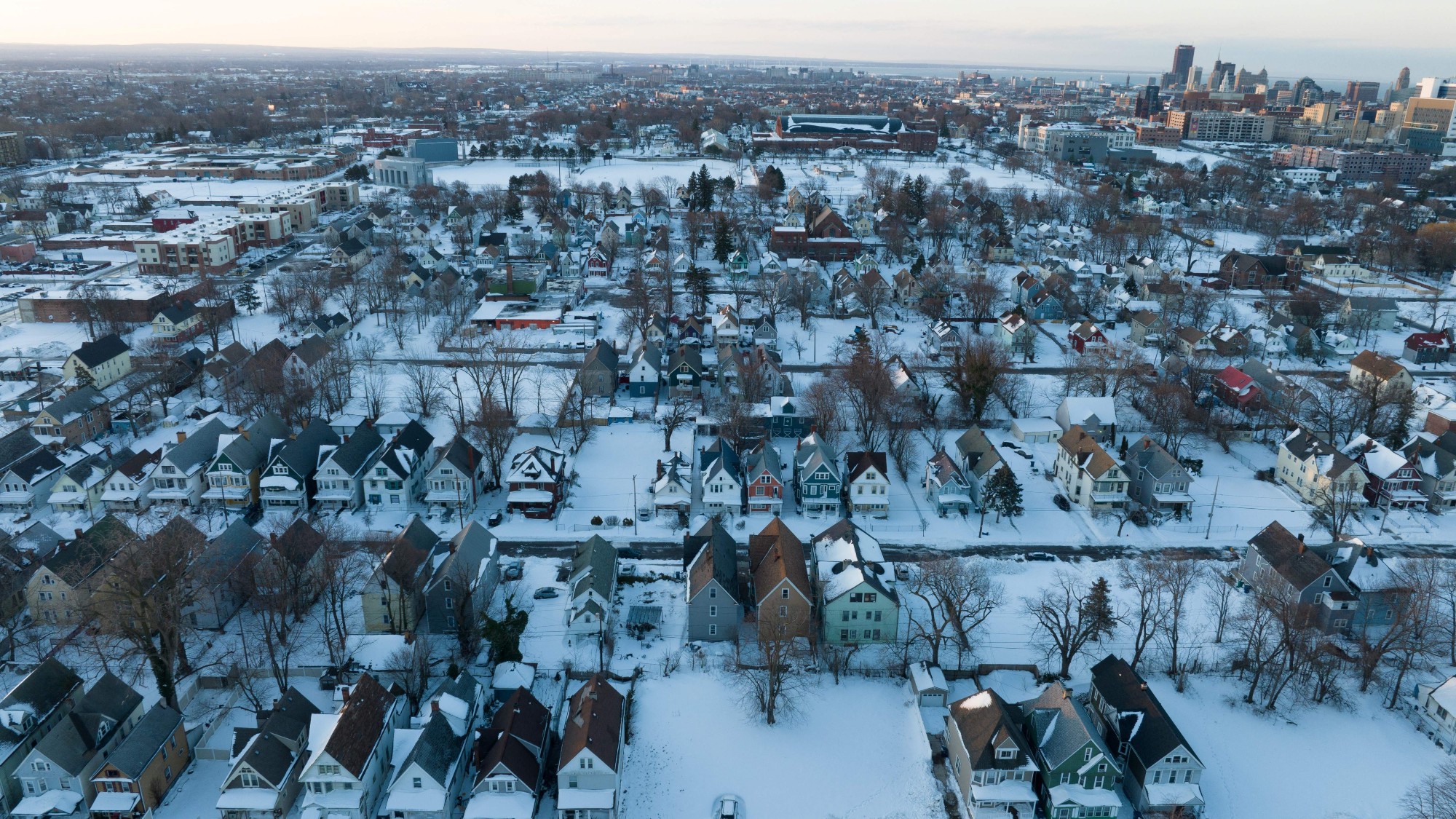

If you're still searching for something to blame for this year’s scorching-hot summer, look no further than El Niño, a dramatic weather phenomenon that comes around every two to seven years. The good news, of course, is that summer is over and fall’s cooler temperatures are finally here. The bad news? El Nino has already set its eyes on its next target: winter 2024.
What is El Niño?
El Niño is a climate pattern that causes “the unusual warming of surface waters in the eastern tropical Pacific Ocean,” per National Geographic. It makes up one part of the weather phenomenon known as the El Niño Southern Oscillation (ENSO) cycle, which includes El Niño and its sister pattern, La Niña. The ENSO cycle describes the “coherent and sometimes very strong year-to-year variations in sea-surface temperatures, rainfall, surface air pressure, and atmospheric circulation that occur across the equatorial Pacific Ocean,” according to the National Oceanic and Atmospheric Administration. The phenomenon appears approximately every two to seven years (though it doesn’t have a set schedule) and has a strong effect on global weather patterns.
How will El Niño affect the winter?
Different parts of the U.S. will experience El Niño differently. The northern U.S. will likely see warmer than average temperatures thanks to the polar jet stream, “a fast-moving belt of westerly winds that traverses the lower layers of the atmosphere,” according to NASA. The northeast specifically may see more precipitation than usual, with the possibility of strong winter storms in the Atlantic. Meanwhile, the southern U.S. will likely be cooler and wetter than usual “due to the active subtropical jet” that’s fueled by “warm, moist air from the Pacific Ocean,” ABC News reported. The jet stream is “a river of air” through which storms flow and which tends to move across the South during El Niño years.
The Week
Escape your echo chamber. Get the facts behind the news, plus analysis from multiple perspectives.

Sign up for The Week's Free Newsletters
From our morning news briefing to a weekly Good News Newsletter, get the best of The Week delivered directly to your inbox.
From our morning news briefing to a weekly Good News Newsletter, get the best of The Week delivered directly to your inbox.
“The combination of cooler weather and more frequent precipitation may also increase the chances for wintry precipitation like freezing rain, sleet and snow to fall in the South,” CNN wrote. This year’s El Niño is also stronger than average, which will strengthen its impact in turn. “There are small signs of El Niño beginning to impact the circulation over the Atlantic,” Matt Rosencrans of the U.S. Climate Prediction Center told The Philidelphia Inquirer. “In the months ahead, El Niño’s influence on the atmosphere over North America will only grow,” Michelle L’Heureux, part of the Climate Prediction Center’s ENSO team, told the outlet.
Parts of the northern U.S. — namely from the Pacific Northwest to the Rockies, Plains and Midwest — could see drier and milder conditions due to El Niño. This could be “bad news for portions of the Midwest also dealing with extreme and exceptional levels of drought, and for snowpack in the Pacific Northwest,” which relies on snow for water supply during the year, CNN continued.
How will this El Niño affect the future?
The effect of this winter’s El Niño also depends on climate change. Temperatures have been warmer than usual globally, and air temperatures greatly affect weather patterns. Jet streams create storms but “snowfall would depend on just what routes those storms would take and … the presence or absence of cold air, which has been in mighty short supply lately,” per the Inquirer. “I’m not going to be upset if we see a snowier winter materialize,” L’Heureux, told the outlet. “Unfortunately, our climate trends are toward warmer winters.”
A free daily email with the biggest news stories of the day – and the best features from TheWeek.com
Devika Rao has worked as a staff writer at The Week since 2022, covering science, the environment, climate and business. She previously worked as a policy associate for a nonprofit organization advocating for environmental action from a business perspective.
-
 Ssh! UK libraries worth travelling for
Ssh! UK libraries worth travelling forThe Week Recommends From architectural delights to a ‘literary oasis’, these are some of the best libraries around the country
-
 A fentanyl vaccine may be on the horizon
A fentanyl vaccine may be on the horizonUnder the radar Taking a serious jab at the opioid epidemic
-
 The 8 best comedy TV series of 2025
The 8 best comedy TV series of 2025the week recommends From quarterlife crises to Hollywood satires, these were the funniest shows of 2025
-
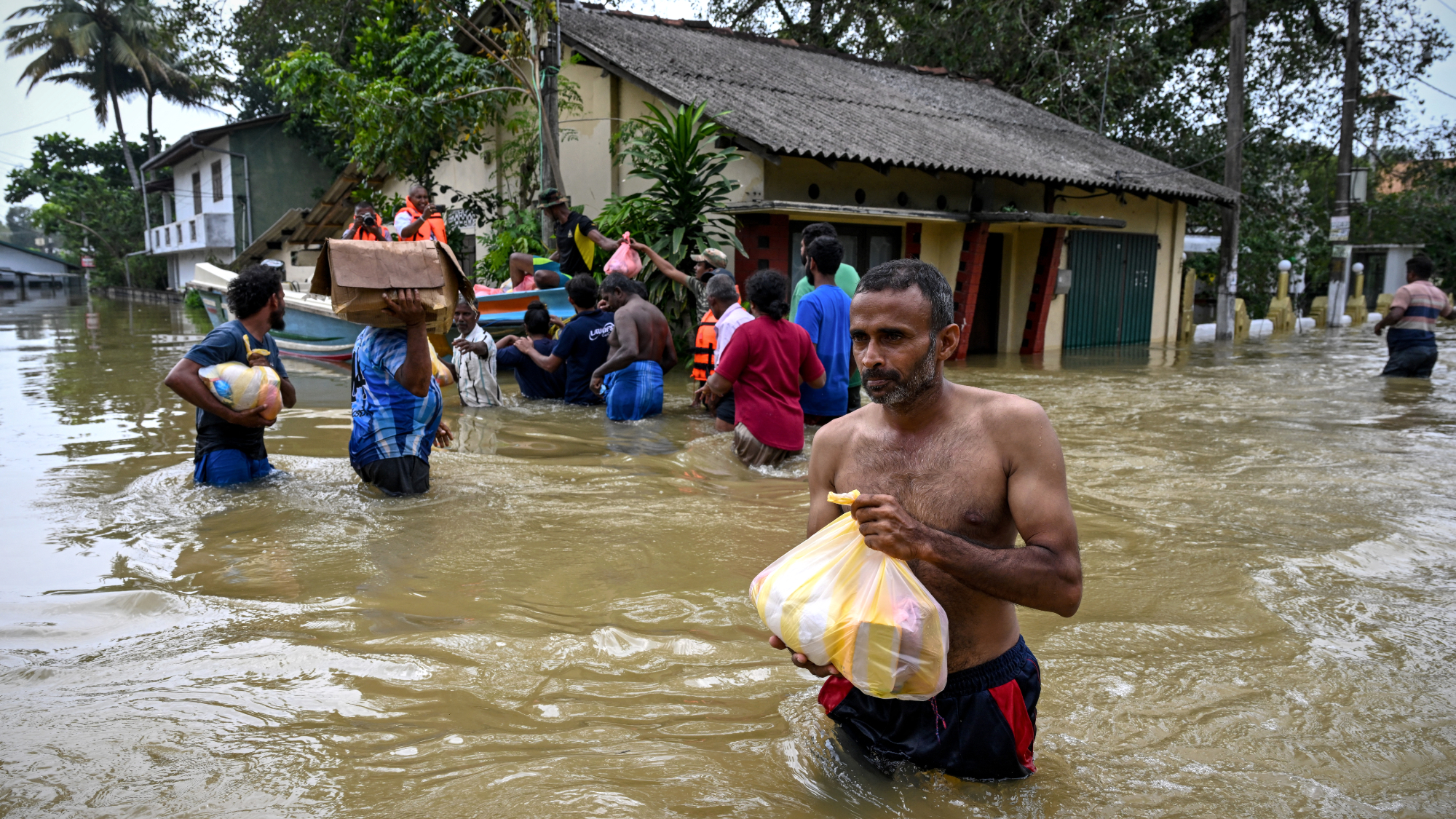 Death toll from Southeast Asia storms tops 1,000
Death toll from Southeast Asia storms tops 1,000speed read Catastrophic floods and landslides have struck Sri Lanka, Indonesia, Thailand and Malaysia
-
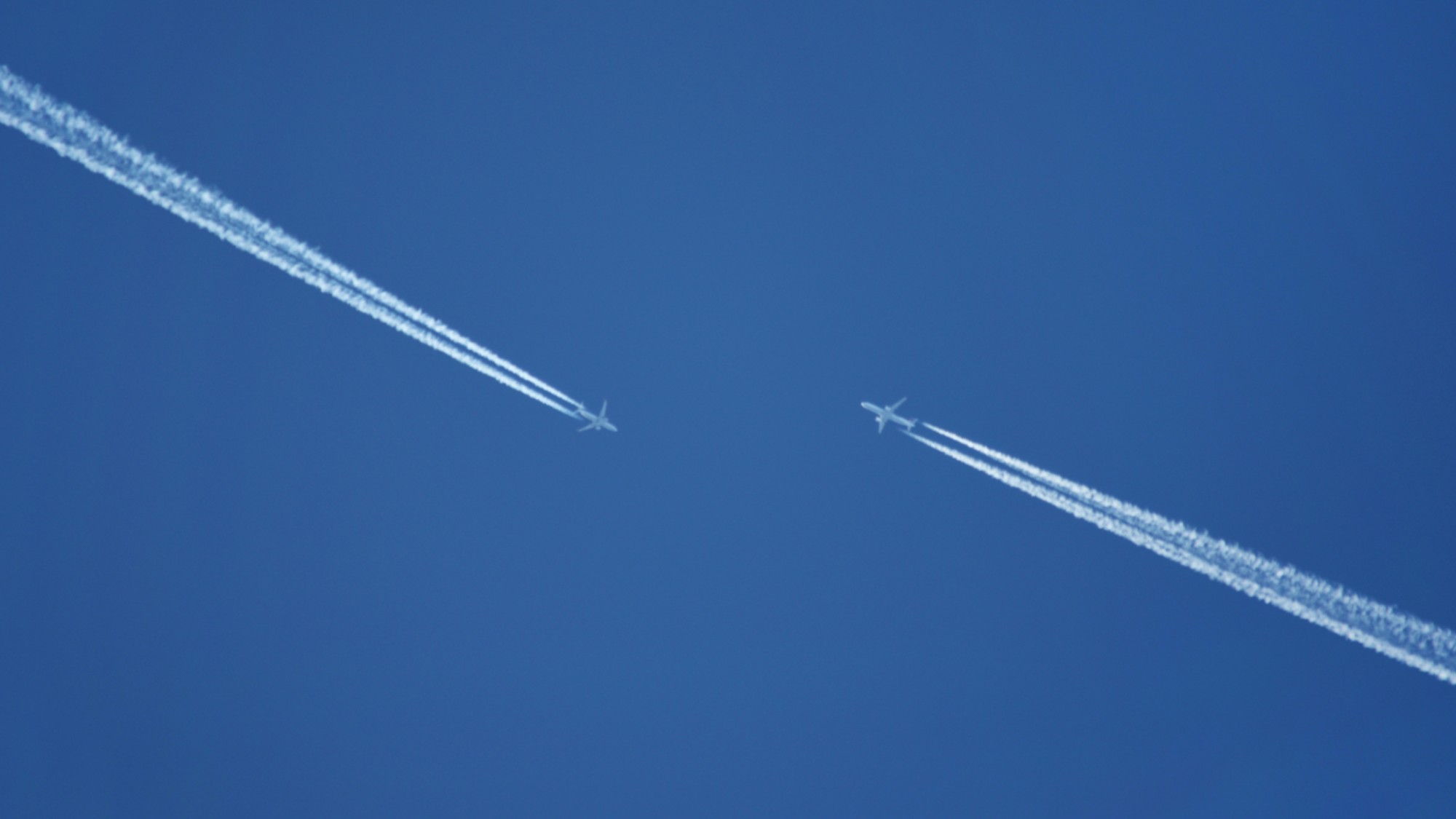 Can for-profit geoengineering put a pause on climate change?
Can for-profit geoengineering put a pause on climate change?In the Spotlight Stardust Solutions wants to dim the sun. Scientists are worried.
-
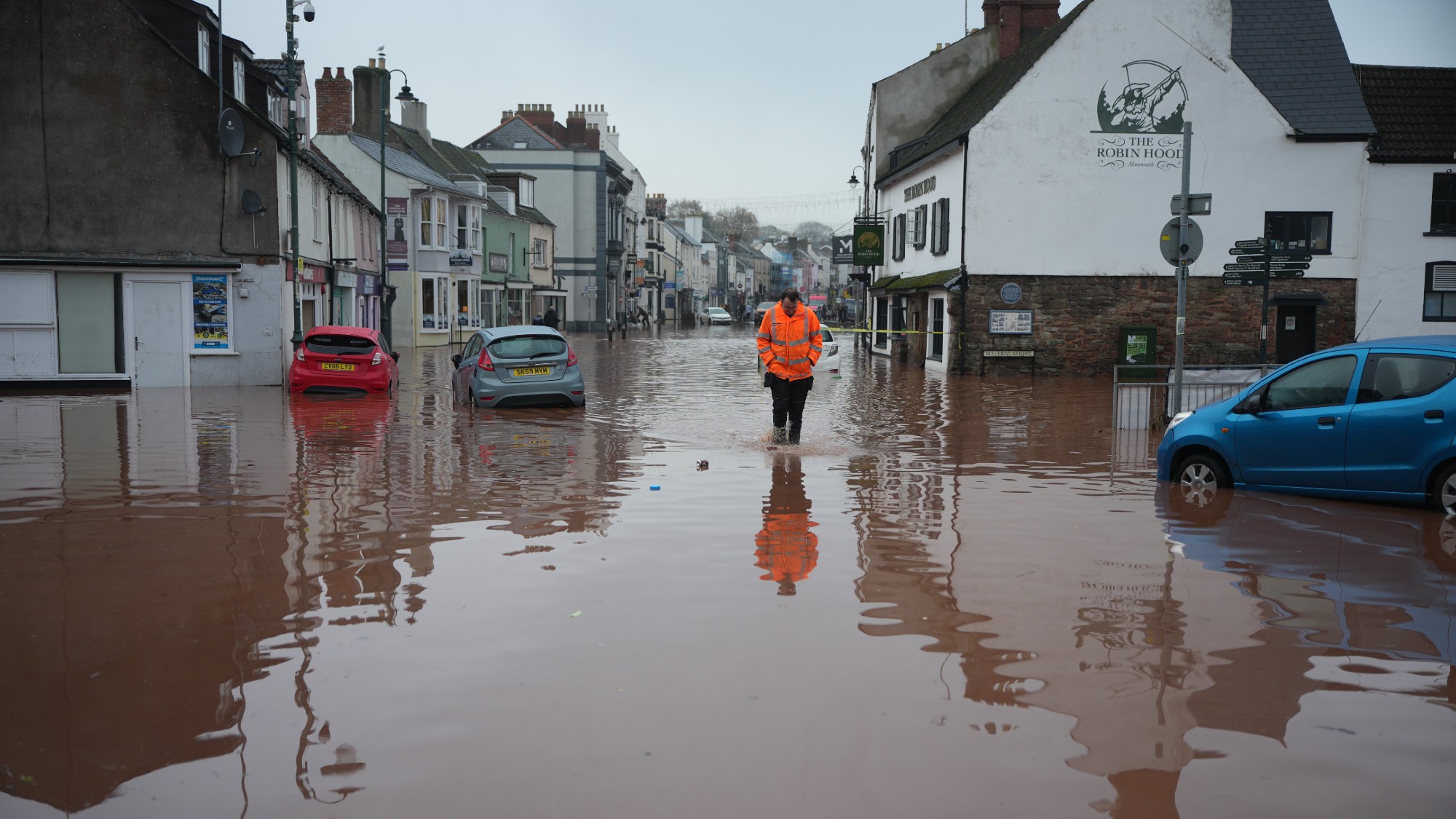 How will climate change affect the UK?
How will climate change affect the UK?The Explainer Met Office projections show the UK getting substantially warmer and wetter – with more extreme weather events
-
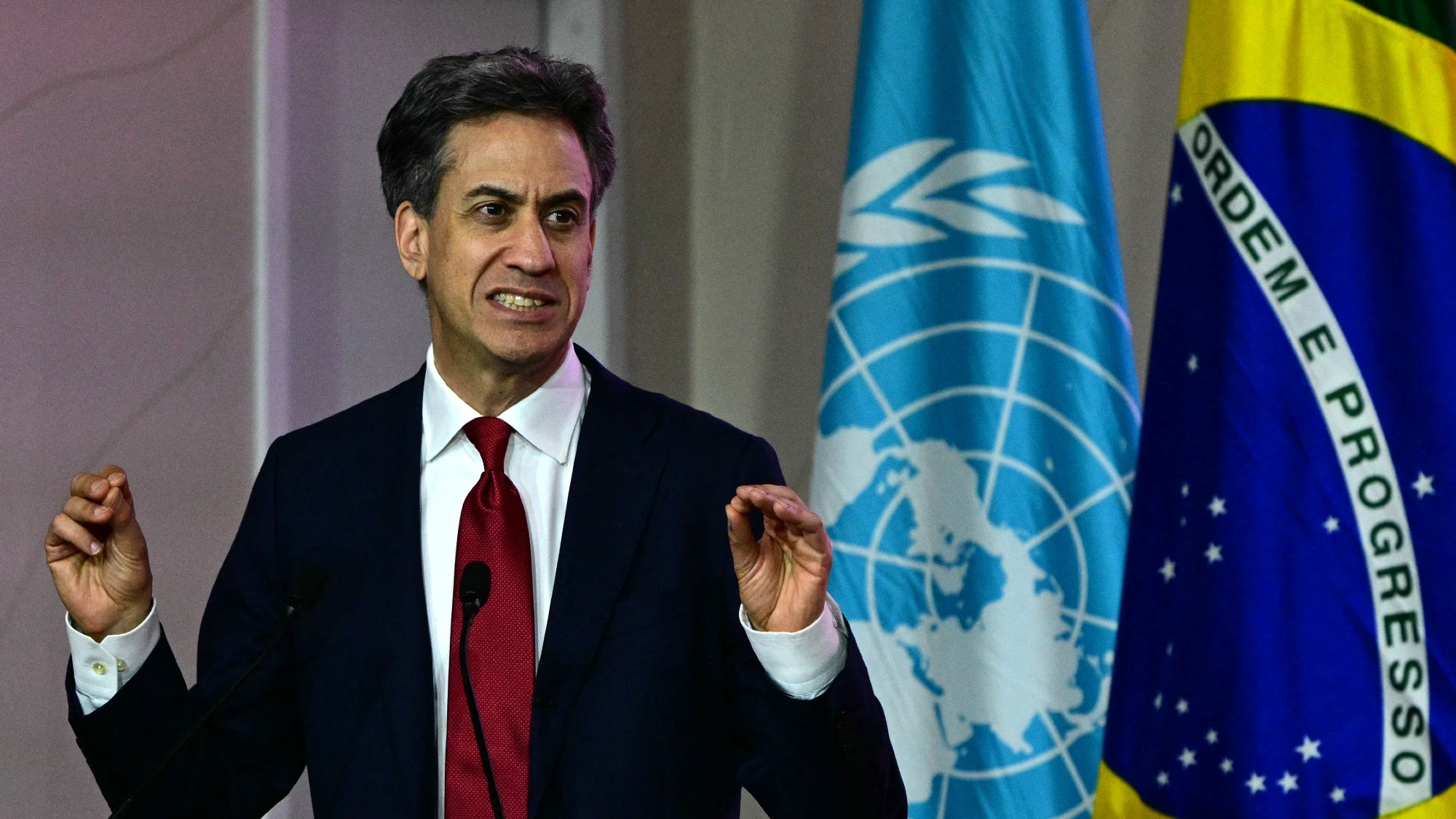 Can the UK do more on climate change?
Can the UK do more on climate change?Today's Big Question Labour has shown leadership in the face of fraying international consensus, but must show the public their green mission is ‘a net benefit, not a net cost’
-
 Did Cop30 fulfil its promise to Indigenous Brazilians?
Did Cop30 fulfil its promise to Indigenous Brazilians?Today’s Big Question Brazilian president approves 10 new protected territories, following ‘unprecedented’ Indigenous presence at conference, both as delegates and protesters
-
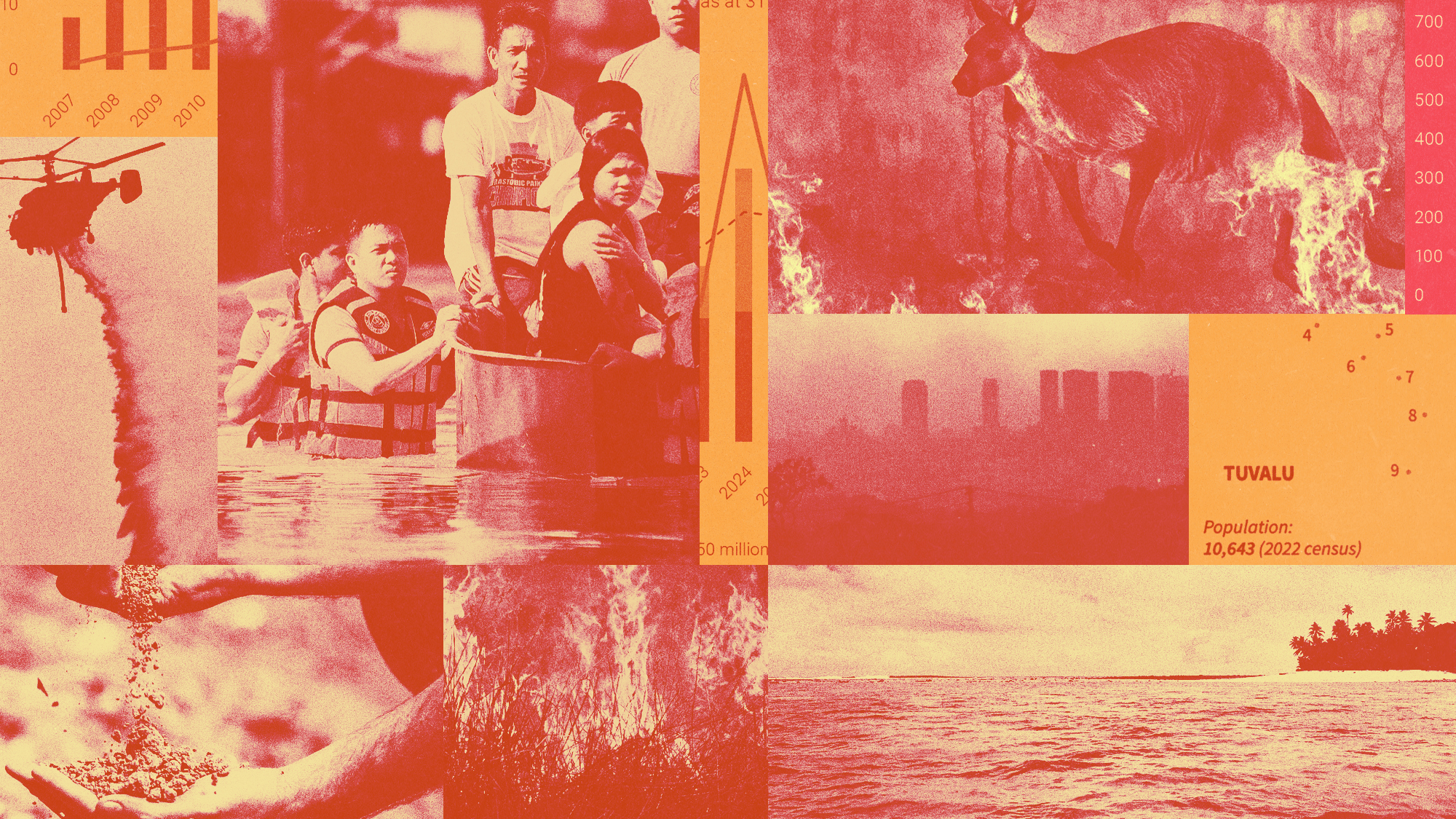 Can the world adapt to climate change?
Can the world adapt to climate change?Today's Big Question As the world gets hotter, COP30 leaders consider resilience efforts
-
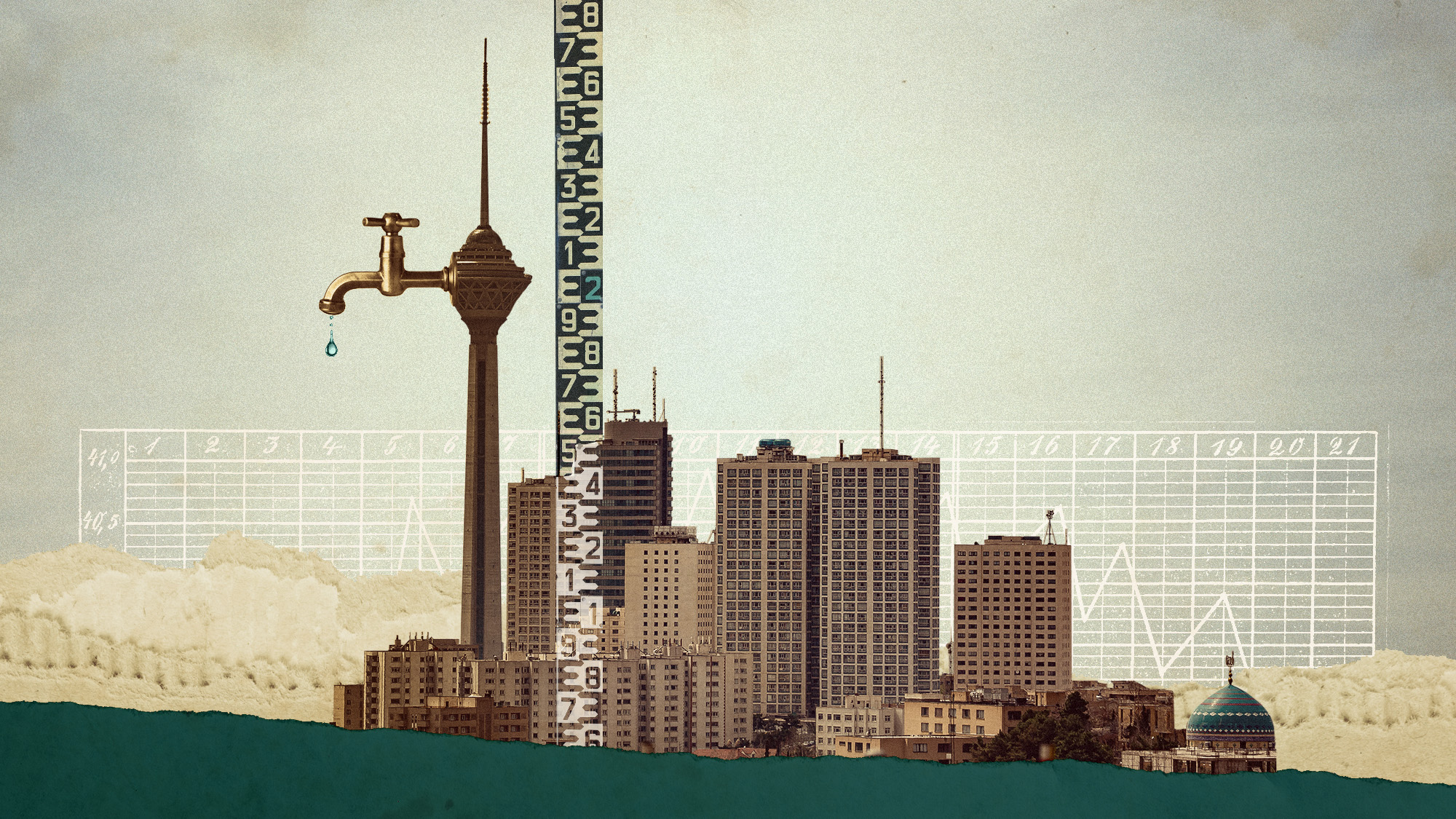 Taps could run dry in drought-stricken Tehran
Taps could run dry in drought-stricken TehranUnder the Radar President warns that unless rationing eases water crisis, citizens may have to evacuate the capital
-
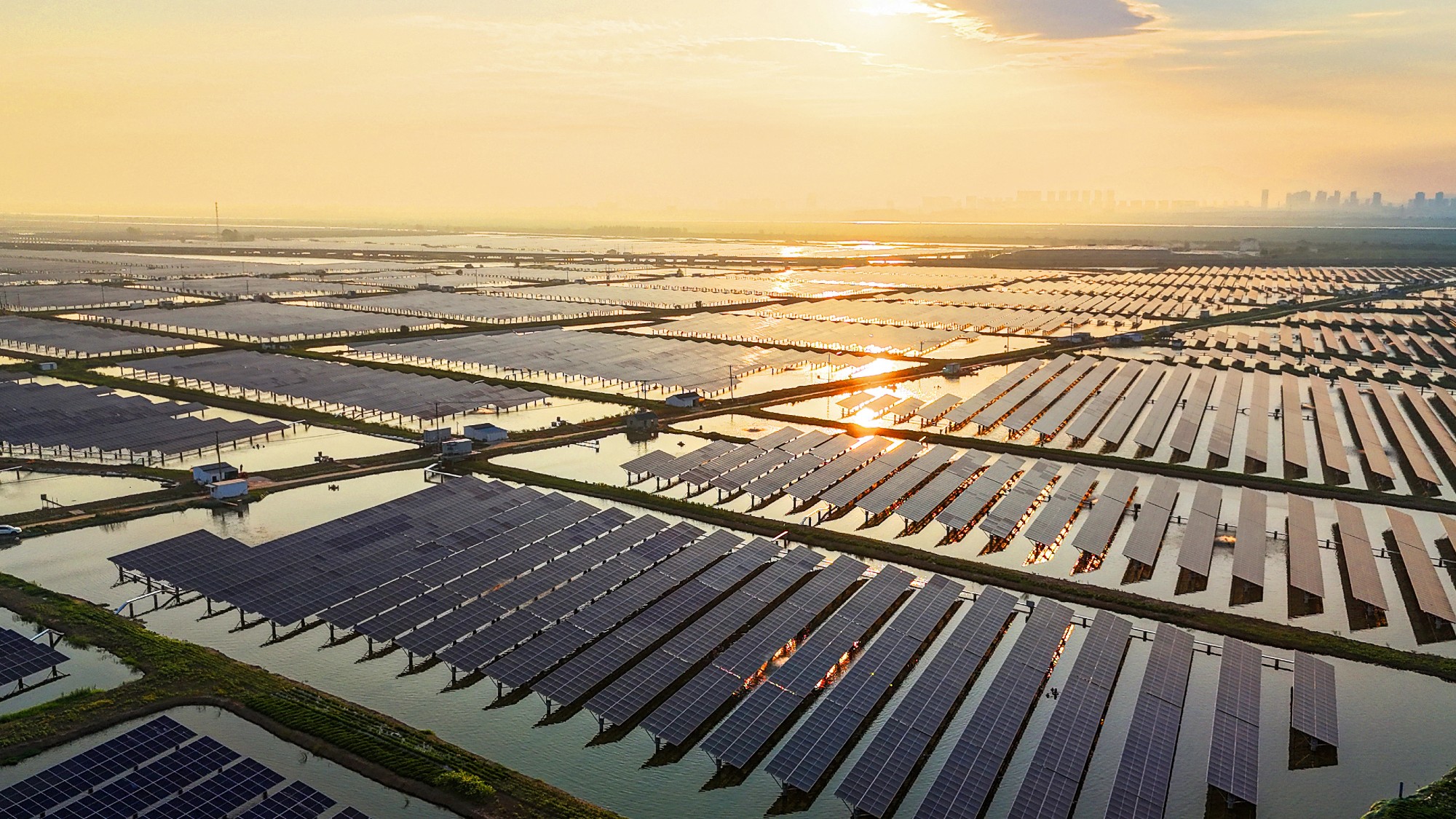 The future of the Paris Agreement
The future of the Paris AgreementThe Explainer UN secretary general warns it is ‘inevitable’ the world will overshoot 1.5C target, but there is still time to change course
